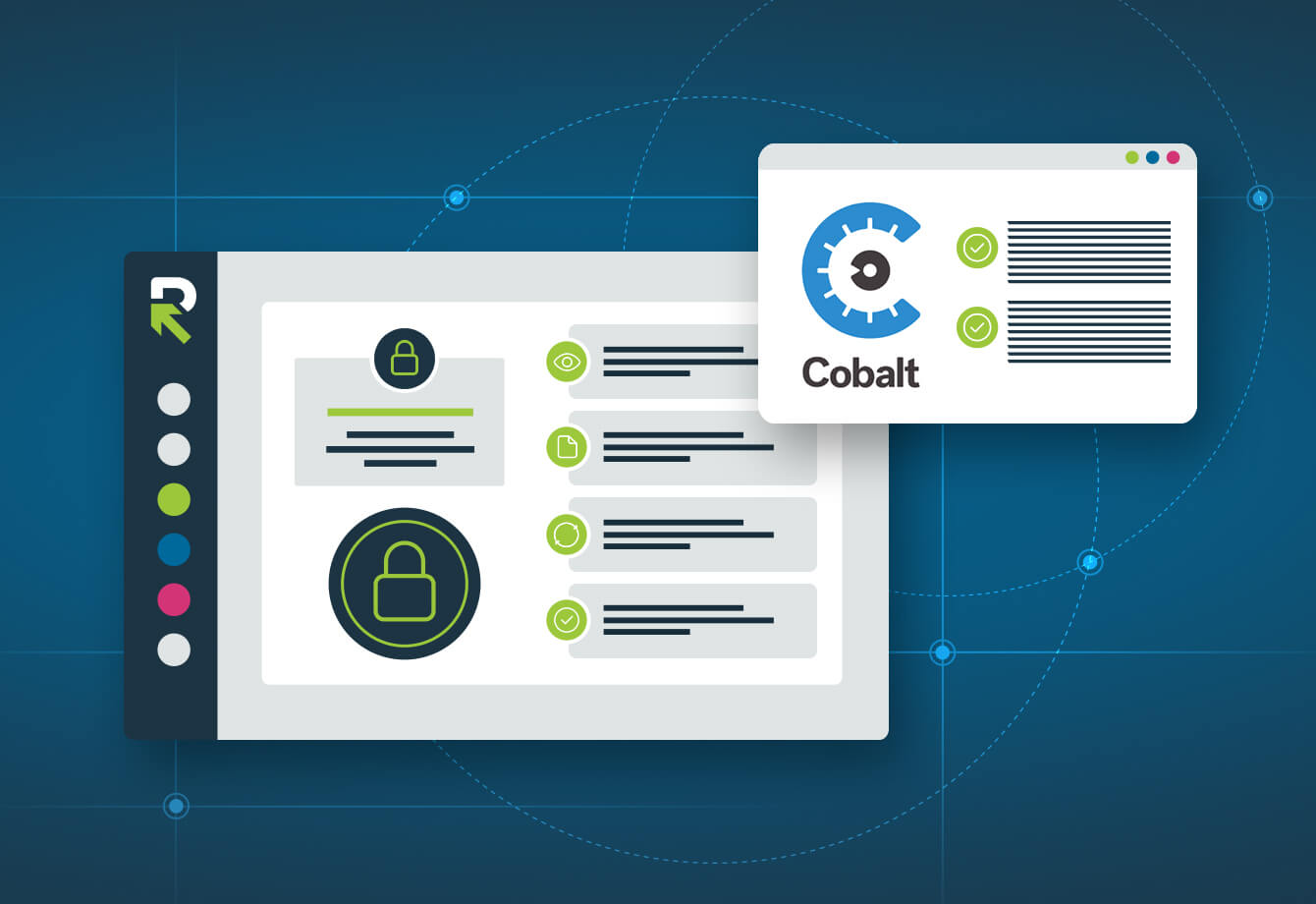Lack of clarity creates challenges — especially when filling out security questionnaires. When it’s unclear who needs to fill them out, how much detail needs to be included, and how much time it will take, each time you sit down to fill one out can feel challenging.
Luckily, there are experts who can help provide key insights into making the overall security questionnaire process faster, smarter, and stronger. Companies like RFPIO bring teams together by providing software that automates and streamlines the process of responding to a request, so you can respond with confidence to security questionnaires.
Tapping into their knowledge around complex questionnaires like RFPs, RFIs, security questionnaires, and more, we discovered tips you can implement in your own companies. Here are their four key elements to keeping security questionnaires accurate and up to date:
1. Content Moderation
Keep your library up to date by assigning content owners and setting up regular review cycles.
Security questionnaires are often repetitive and require a manual responder to ask the same questions of their internal subject matter experts over and over again. By properly maintaining security questionnaire content, you can build confidence in your response process— advantageous when you’re under a tight deadline—and save time to get back to what you do best.
The ultimate result of good, consistent content management is winning new business. RFPIO makes it simple to set up Content Library moderation by assigning the appropriate content owners, setting a cadence for regular review cycles, and customizing alerts for a cadence that works best for your team and organization.
2. Maintain Accuracy
Flag questions that may be out of date for review.
Accuracy is crucial in security questionnaires. If an incorrect or out-of-date response is submitted, it could cost you the sales opportunity or impact your organization’s reputation. To ensure your response is of the utmost quality and compliance, maintain accurate content and responses that articulate your current offering’s latest and greatest capabilities, and omit what is no longer accurate.
In addition to the above process of assigning content owners and setting up review cycles, we also highly recommend completing a ROT analysis as part of your content audit processes.
ROT stands for “Redundant, Outdated, and Trivial.”
- Redundant Content is duplicate and/or similar content. If you’re using RFPIO, run a duplicate report on questions and answers, and click on “View Similar Content” to find comparable responses.
- Outdated Content is expired or sunset content. Isolate any content not used in the last year—“expired content”—using the Advanced Search function in RFPIO. Then, identify content from products, services, and solutions that are no longer relevant—“sunset content”—using tags and/or product names.
- Trivial Content is deal- or client-specific content. Identify trivial content by searching for specific client names.
Next, move the content you’ve identified out of your active Content Library. We recommend storing this content in an archived collection in RFPIO, so it isn’t permanently deleted.
Including your most recent pentest data is important.
Some security controls are easier to verify than others. For example, it’s relatively easy to ask to see the results of a third-party risk assessment or penetration test that covers the OWASP Top 10 and business logic. It’s harder to prove that a particular security process or best practice is being followed.
When your client does ask to see the results of a recent pentest, your first response might be, “We don’t typically provide that information.” If they press further, you can share a high-level summary of findings, generally referred to as an attestation. Some companies will require that you share detailed findings from a pentest report, and a few may request evidence that findings have been fixed. This is where Cobalt’s customizable reports can save you some valuable time.
3. Automate Your Process
Automatically respond to long and complex questionnaires in a single click with RFPIO’s AI-enabled Content Library.
A response management platform like RFPIO automates almost everything, helping teams cut their response time by 40-50% on average. Automation frees up your time to produce the highest quality deliverable possible—and, of course—move on to other priorities on your to-do list.
With an Content Library full of reviewed, pruned content you can trust, use Auto Respond to quickly fill in relevant content from past responses and minimize how many questions you need to complete manually.
4. Stay Consistent
Respond to each security questionnaire using the same pre-approved and vetted content, ensuring consistency across responses.
When questionnaires are answered manually, there is a likelihood that answers won’t be consistent across different questionnaires or different SMEs writing the answers. This can cause complications during an audit process.
Consistency ensures accurate responses to compliance requirements. Ensure your gold-star, key content is present in your library by employing regular review cycles. This, in turn, ensures consistency in your responses.

This article was co-authored by and co-published with Cobalt. Cobalt provides a Pentest as a Service (PtaaS) platform that is modernizing the traditional, static penetration testing model by providing streamlined processes, developer integrations, and on-demand pentesters. Our blog is where we provide industry best practices, showcase some of our top-tier talent, and share information that’s of interest to the cybersecurity community.
Schedule a demo with RFPIO for more details on automating response to security questionnaires.



